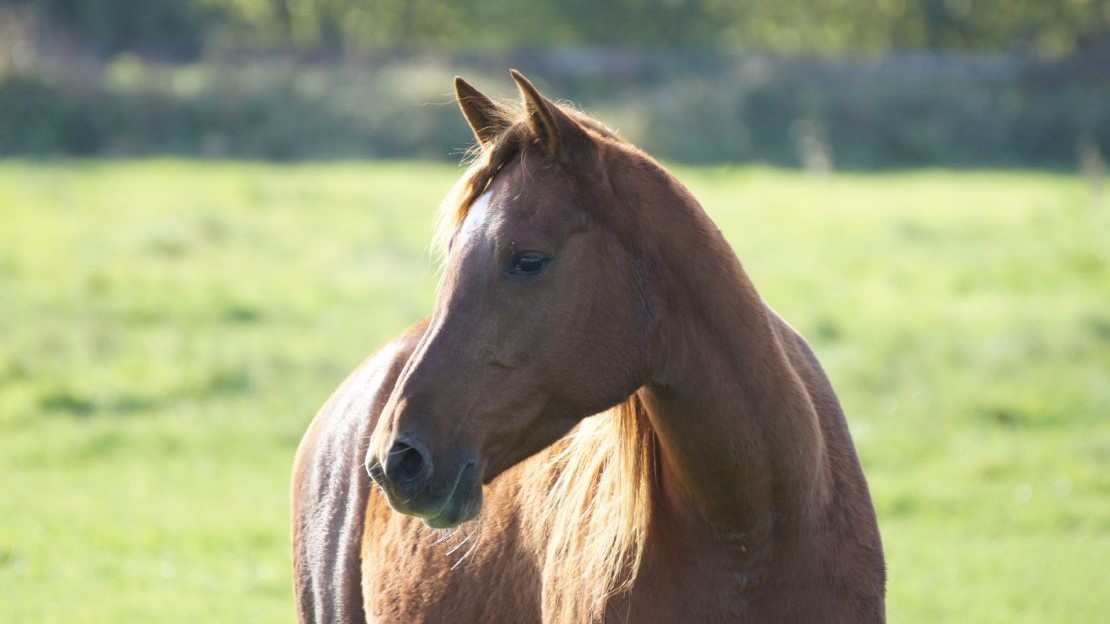10 years of Simple System HayCare!
During its 10 years so far, it has become apparent that HayCare is so much more than a hay replacer...

Autumn can be a tricky time for horses and ponies prone to laminitis. Horses and ponies that are overweight, older or have existing metabolic issues will be more at risk. It is important that your horse not be allowed to gain too much weight - cresty necks and fat pads on other parts of the body are an indicator that the balance of hormones is getting out of kilter and the risk of laminitis is greater.
Grazing needs to be timed carefully and the weather forecast monitored. As it is sunlight that triggers sugar production, dull days will be "safer". Grazing may need to be restricted, either by strip grazing, using track system and/or grazing muzzles.
The sugar and starch levels in the diet should be as low as possible. Exclude all feeds containing sugary or starchy ingredients. These are from cereals such as wheat, barley, oats and maize for instance, and pulses such as peas, beans and soya. Also avoid molasses and fruit or vegetables with significant sugar or starch levels, so carrots, apples and parsnips for instance should be excluded. Scrutinise all ingredient/composition lists on everything fed.
Your hay should be analysed to check sugar content, anything below 10% is deemed "safe". A one hour soak will help reduce sugar levels - feed immediately after soaking and offer it to your horse whilst it is fresh. MetaSlim is suggested as part of a calorie-controlled diet to support those that need to lose weight, but is just as relevant for horses in good condition to optimise blood levels and aid insulin effectiveness.
For weight loss, not only is it necessary to reduce calories going in but you can also increase calories going out. Brisk and frequent exercise is ideal, given any limitations of soundness. Also give the horse every chance to move around as much as possible when not being worked. Track systems, extra-large stables or even a yard allow more exercise. Company is important as the horse has more things to do with his time budget other than eat or yearn for food. Divide food and hay into several locations to keep your horse moving. Wash the horse after exercise and leave to dry naturally. Do not rug an overweight horse - rugs keep calories in!
If you would like some practical suggestions for feeding your at-risk horses, do contact our Feed Line on 01728 604 008 or via email to info@simplesystem.co.uk.
If you suspect your horse or pony may have laminitis, never hesitate to contact your vet.
During its 10 years so far, it has become apparent that HayCare is so much more than a hay replacer...
Grass has the potential to grow all year, which is different from many other plants. Certain things are necessary for this growth, but if they are not met, the grass will be dormant, waiting for conditions to improve.Â
Rain fall can trigger growth akin to a spring flush, especially if temperatures are high. Even whilst true spring may be in the past, the risk for those prone to laminitis will rise.